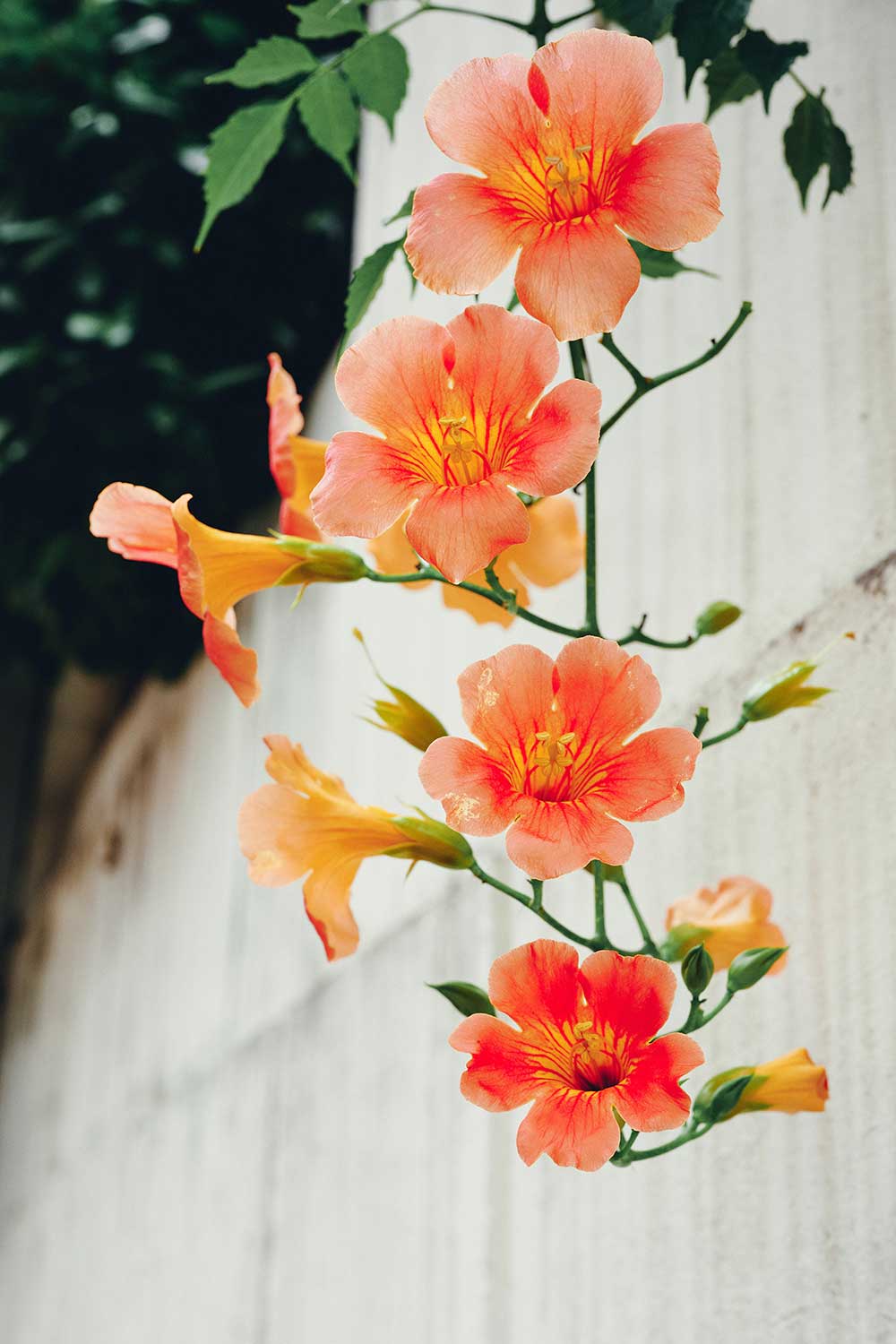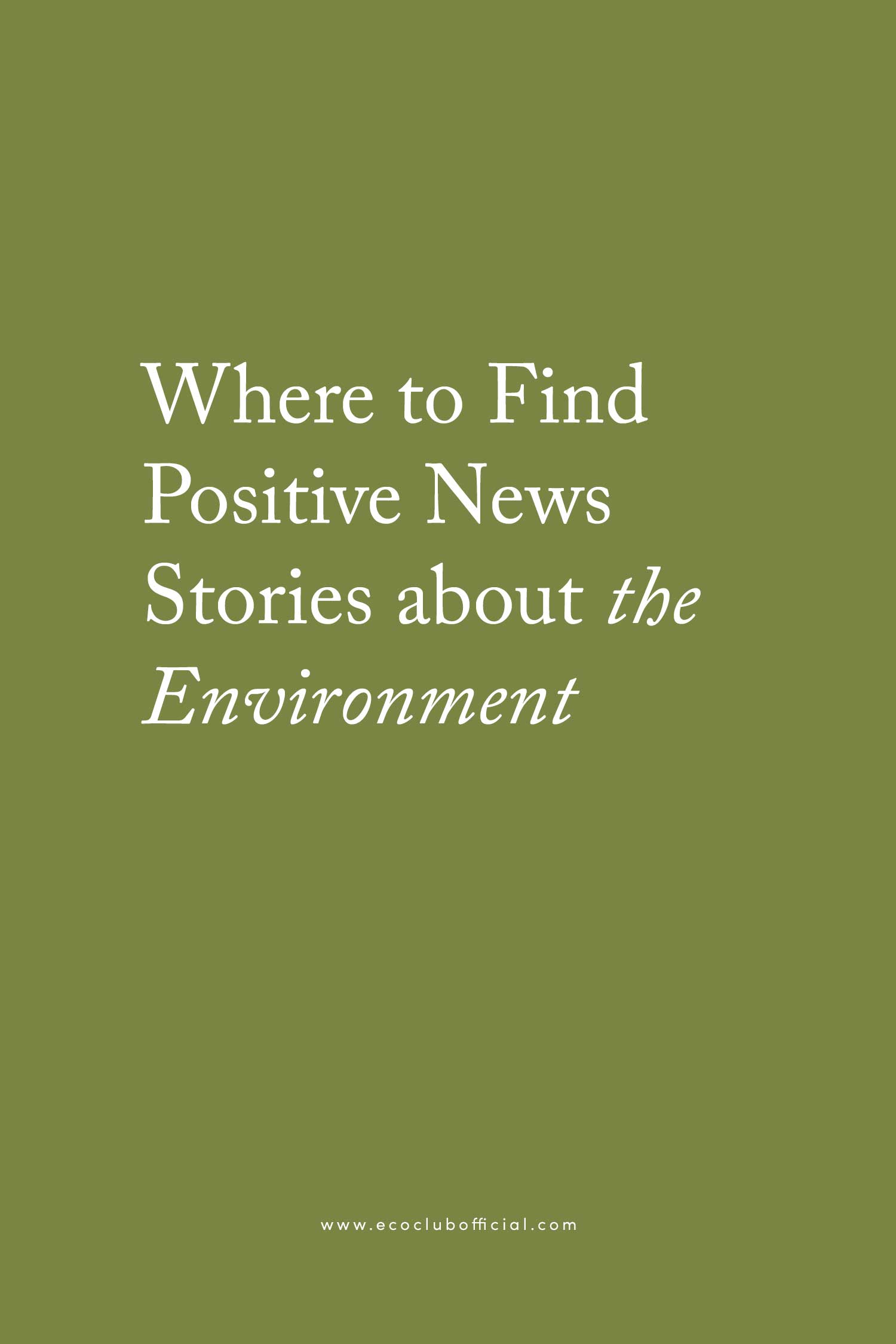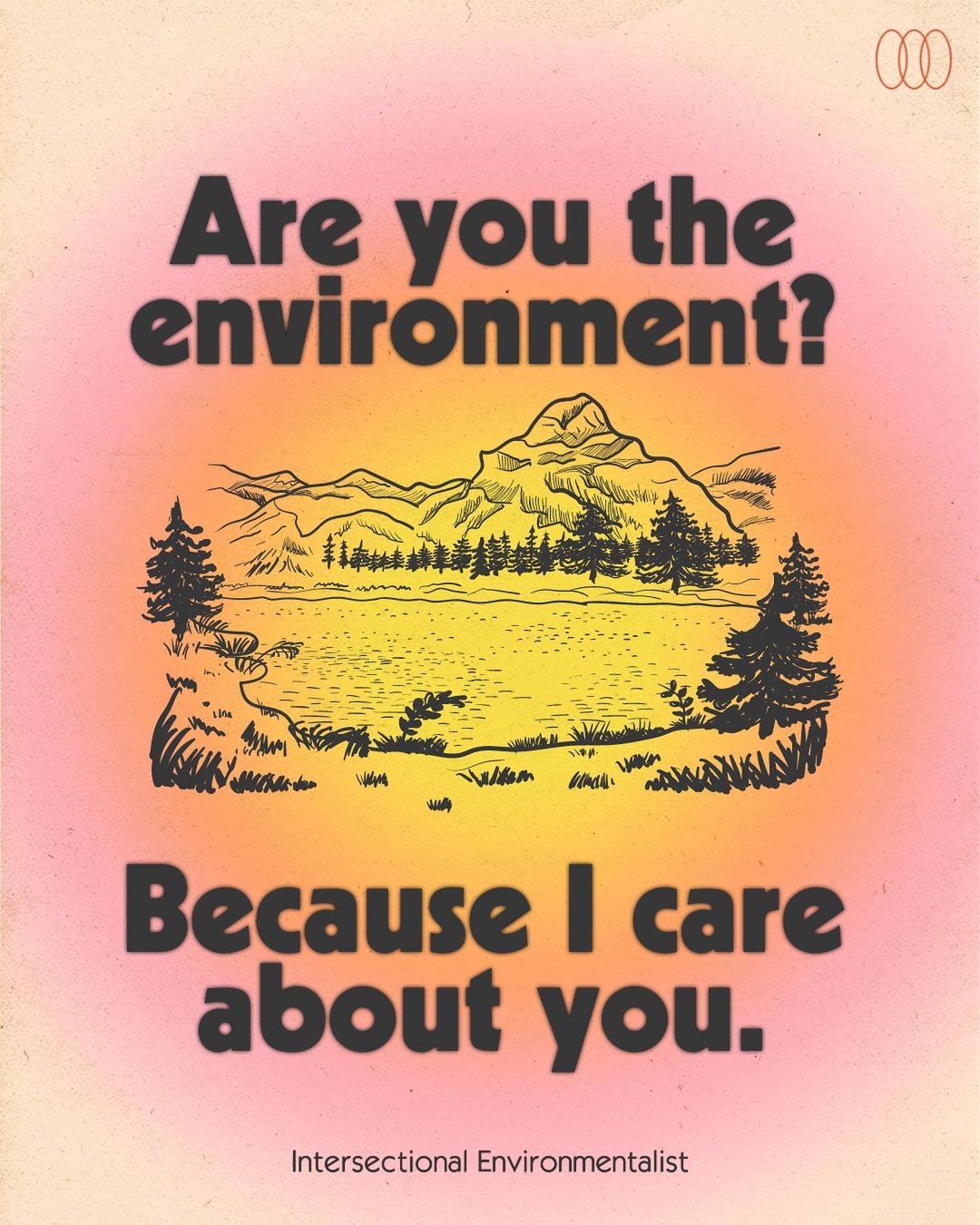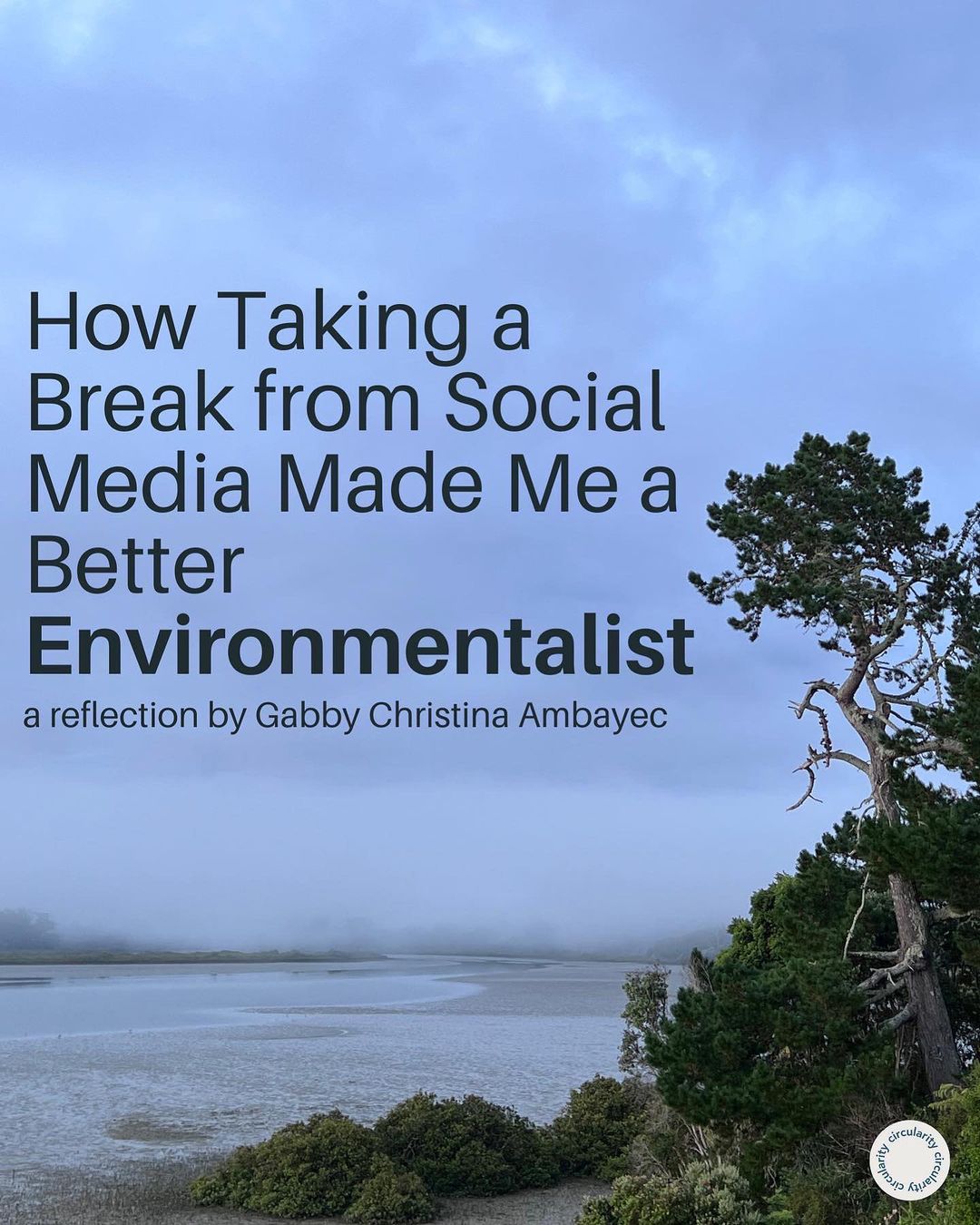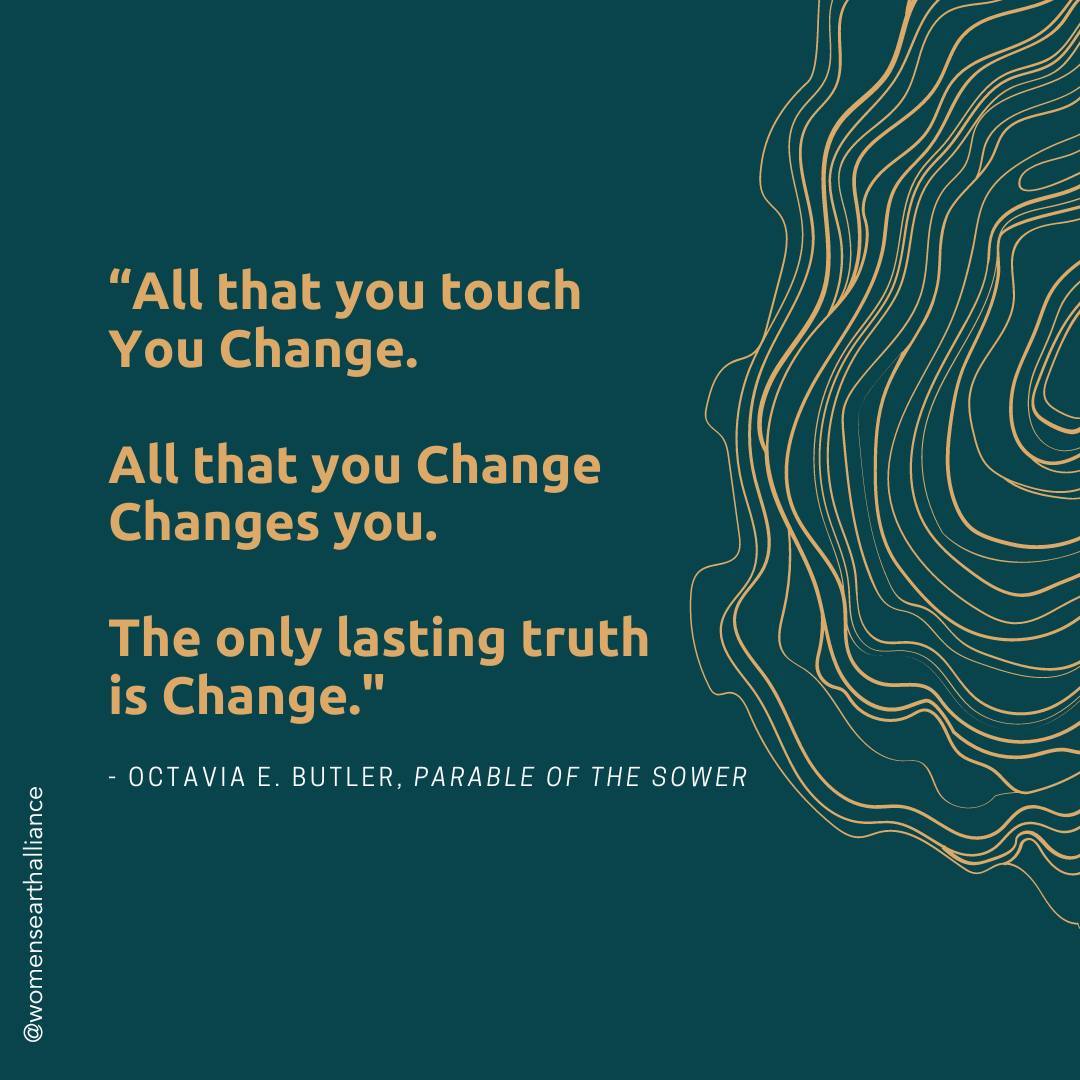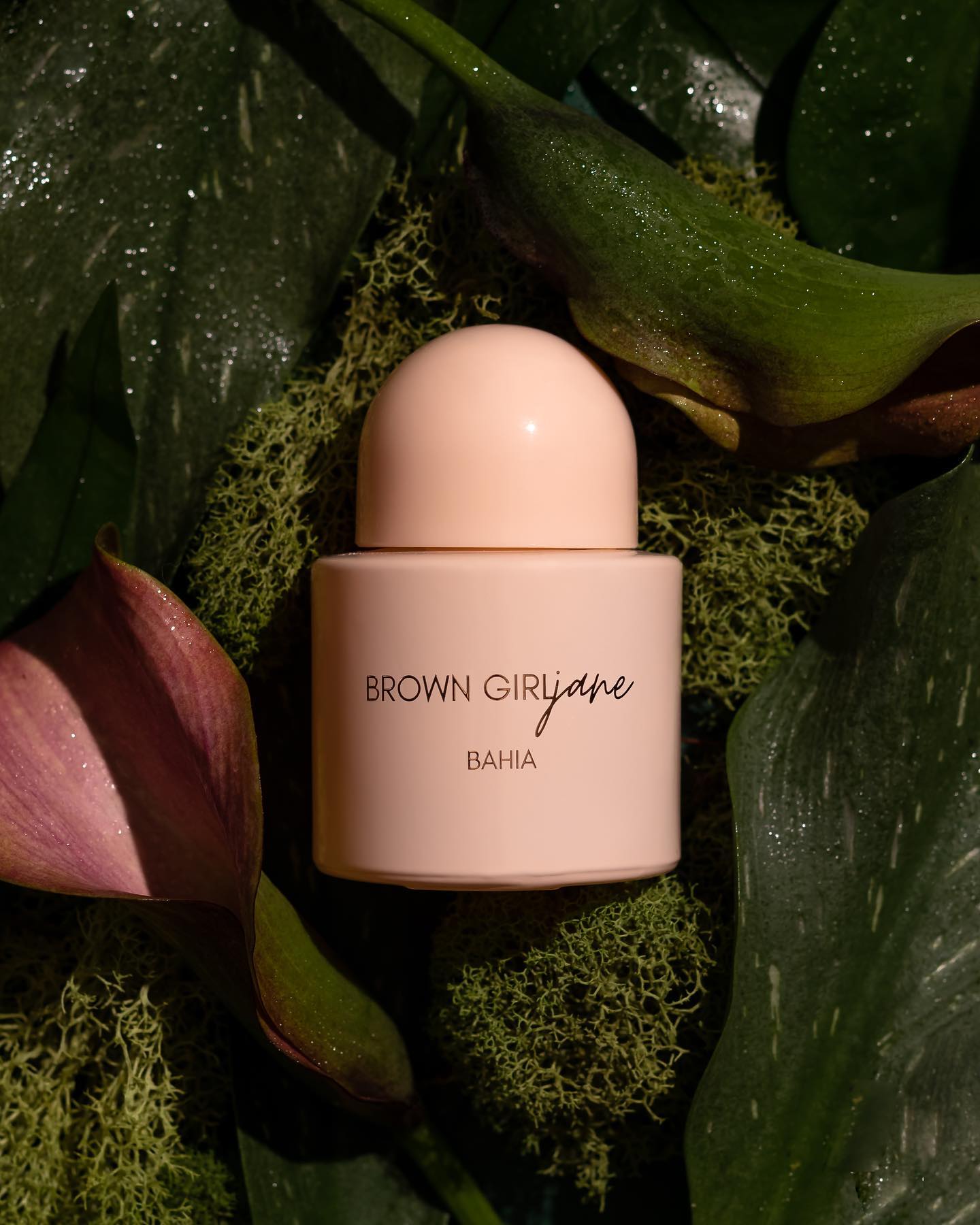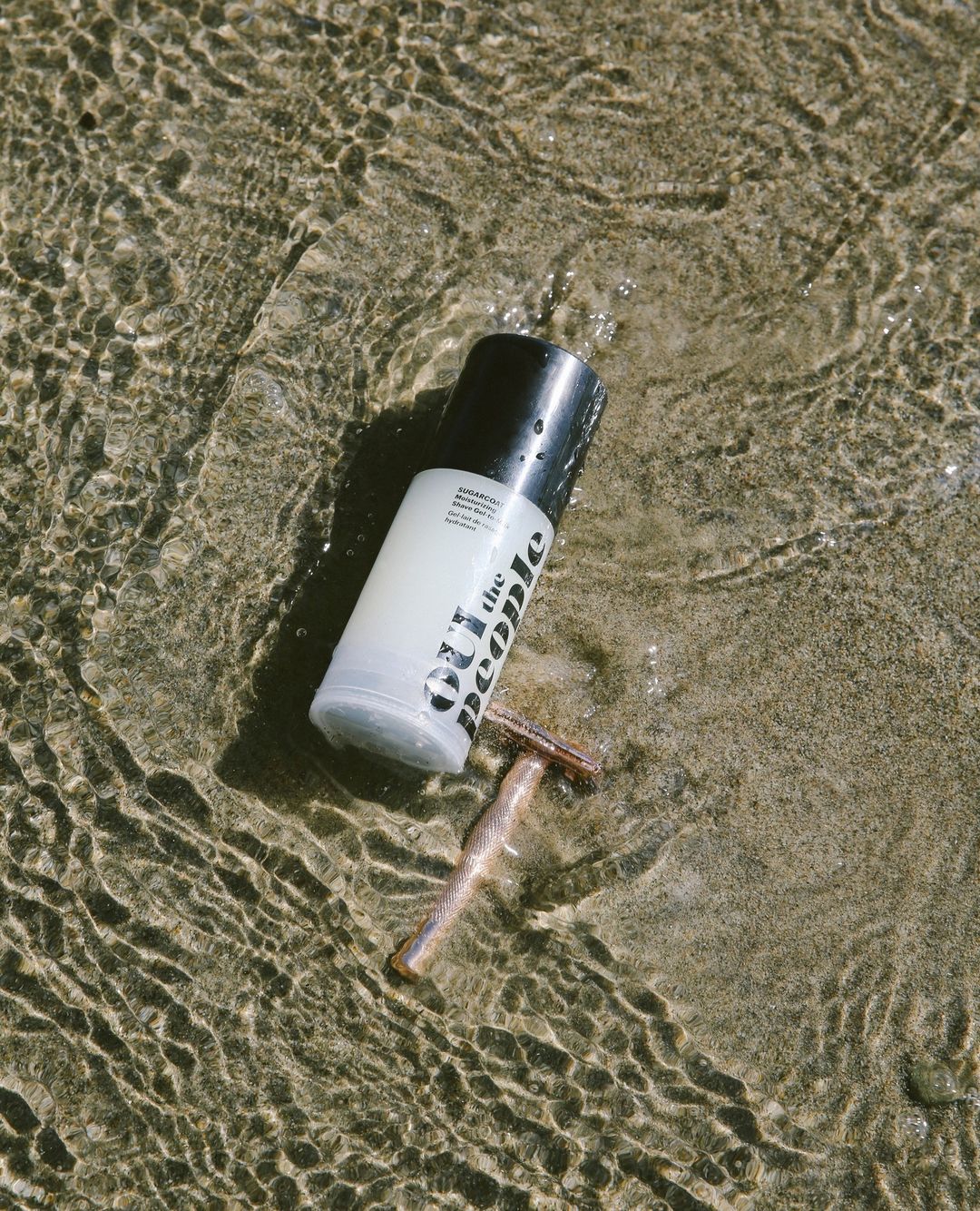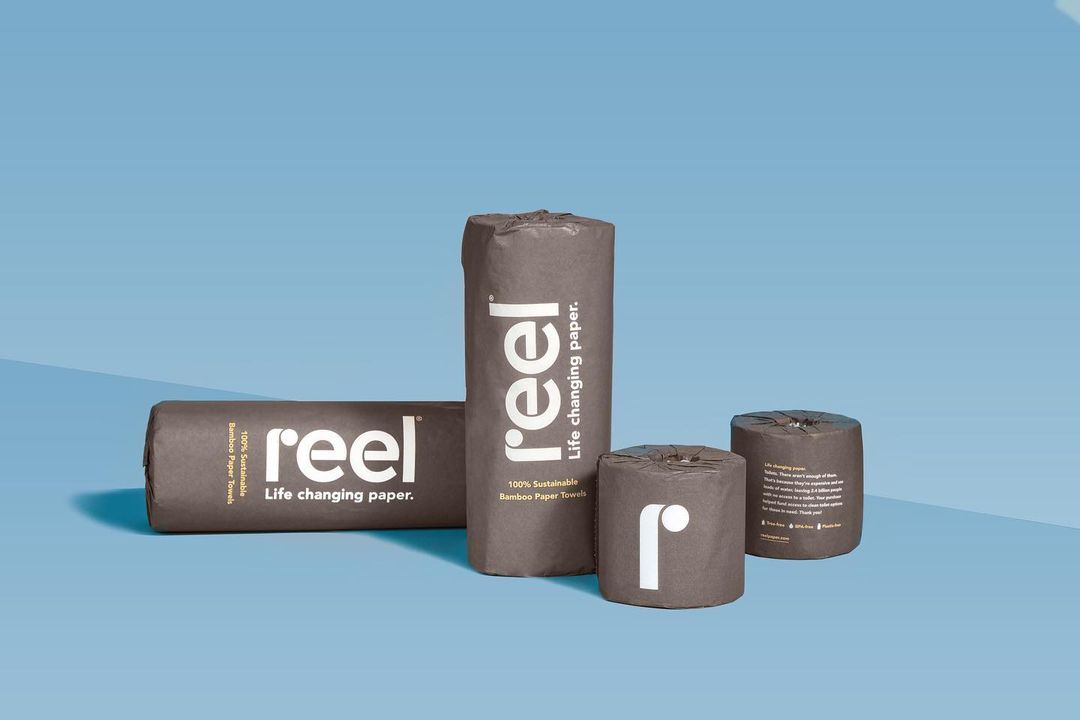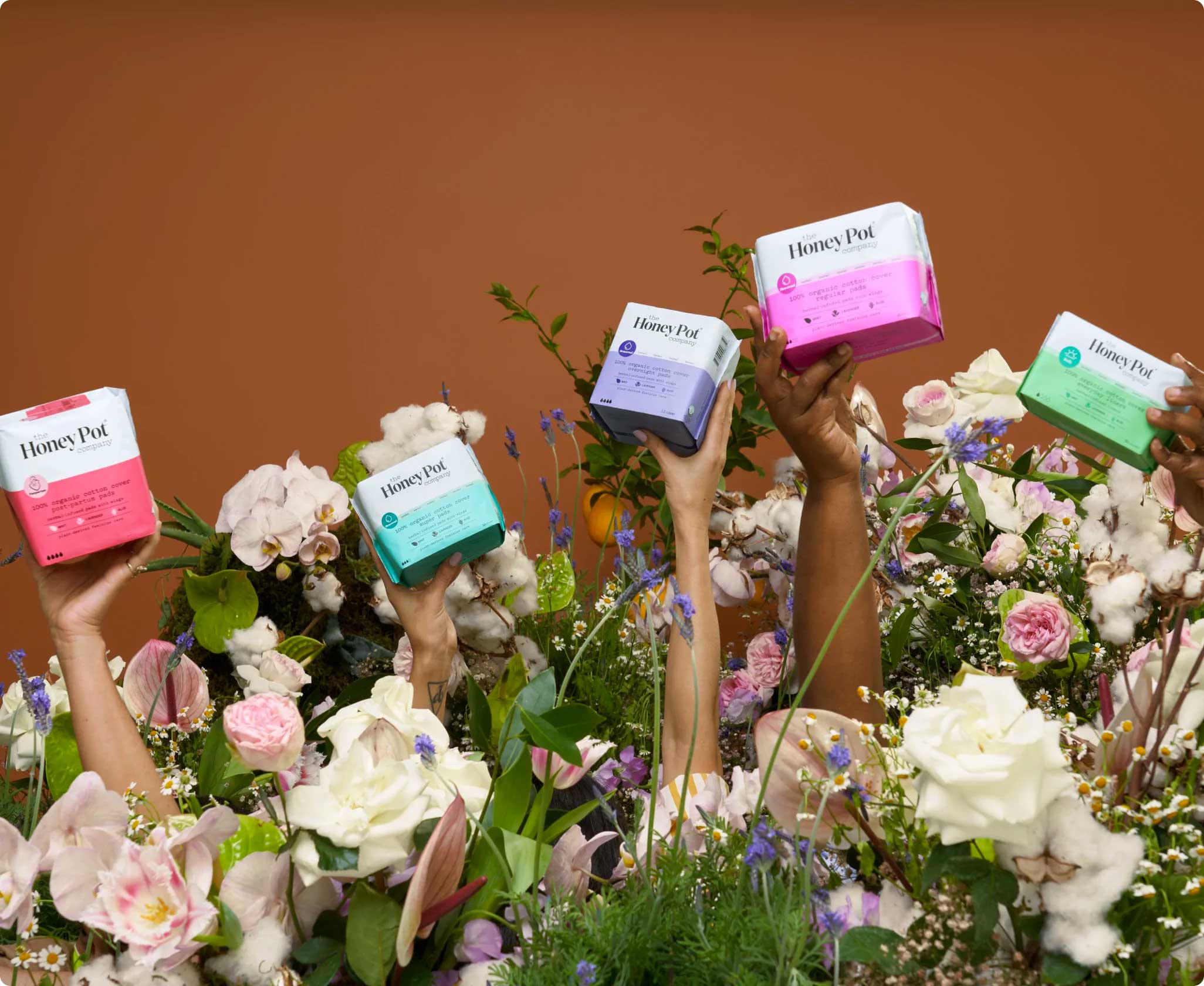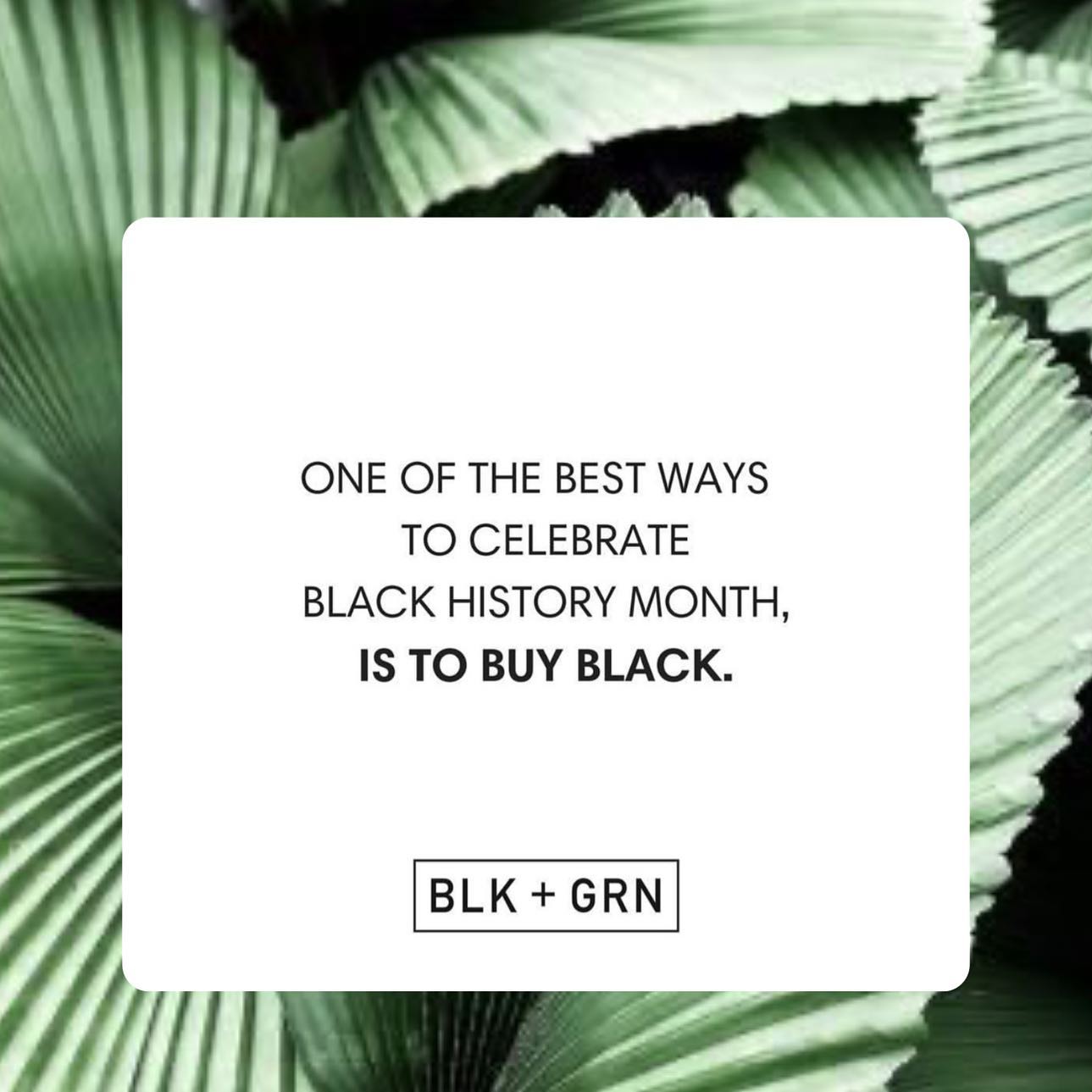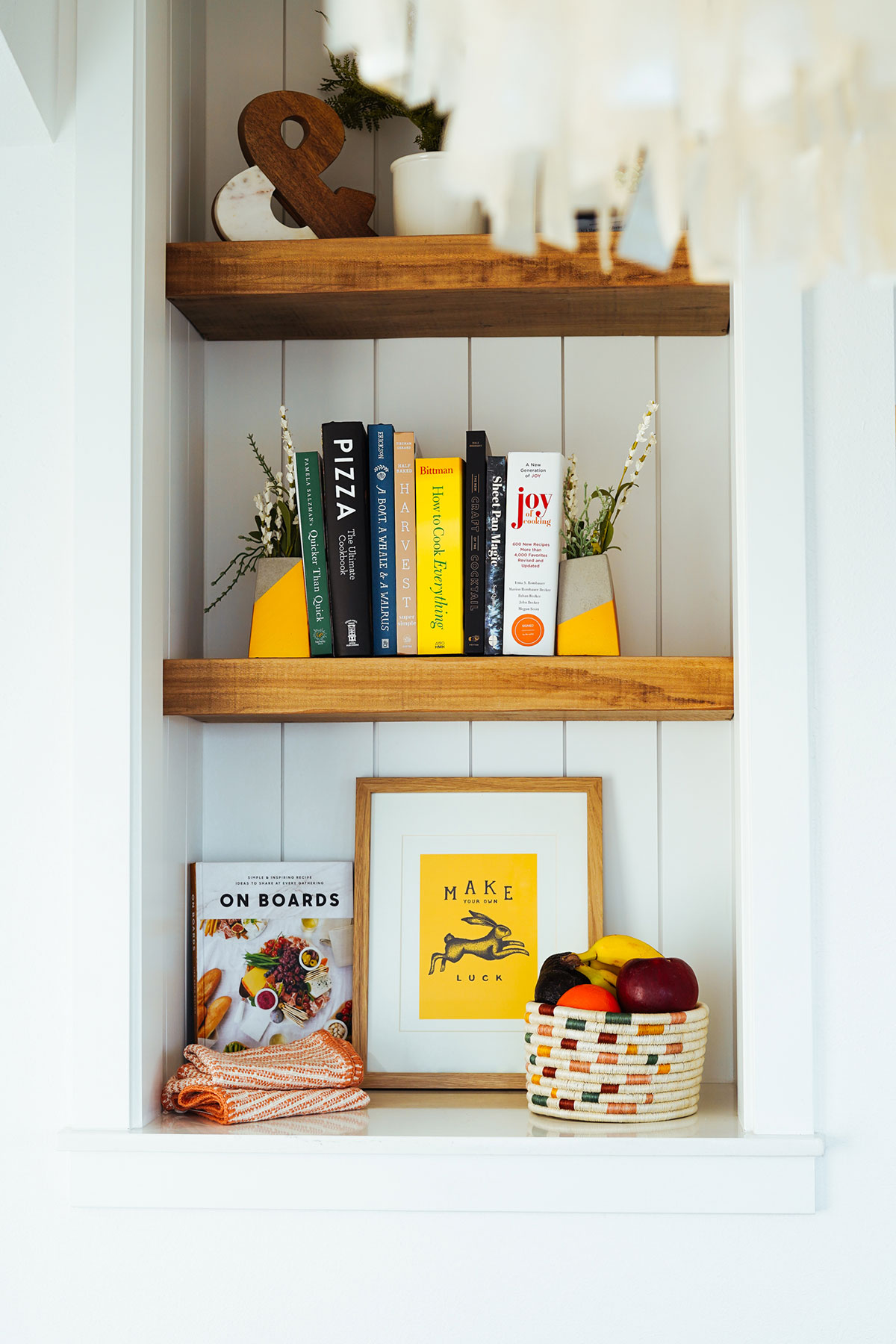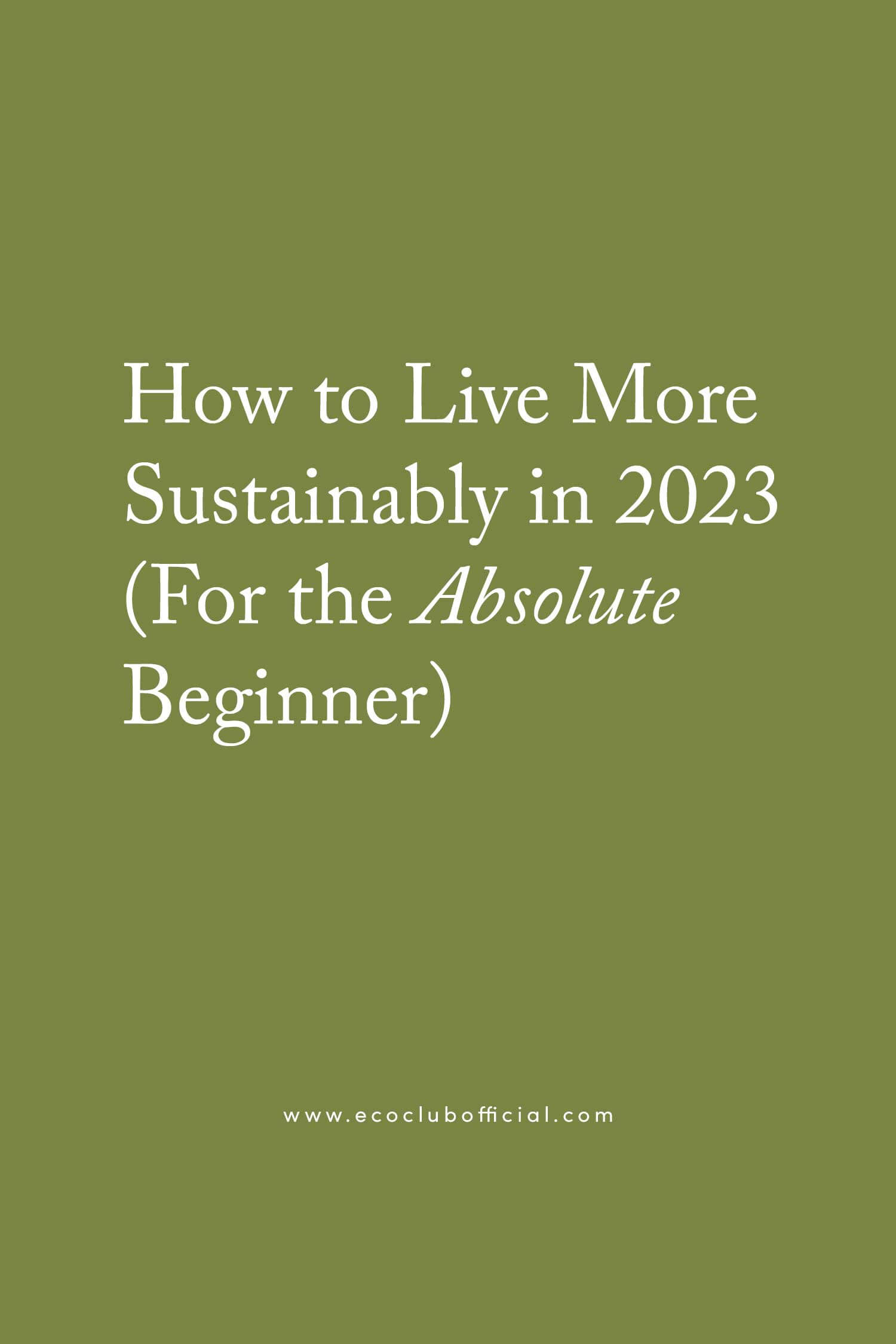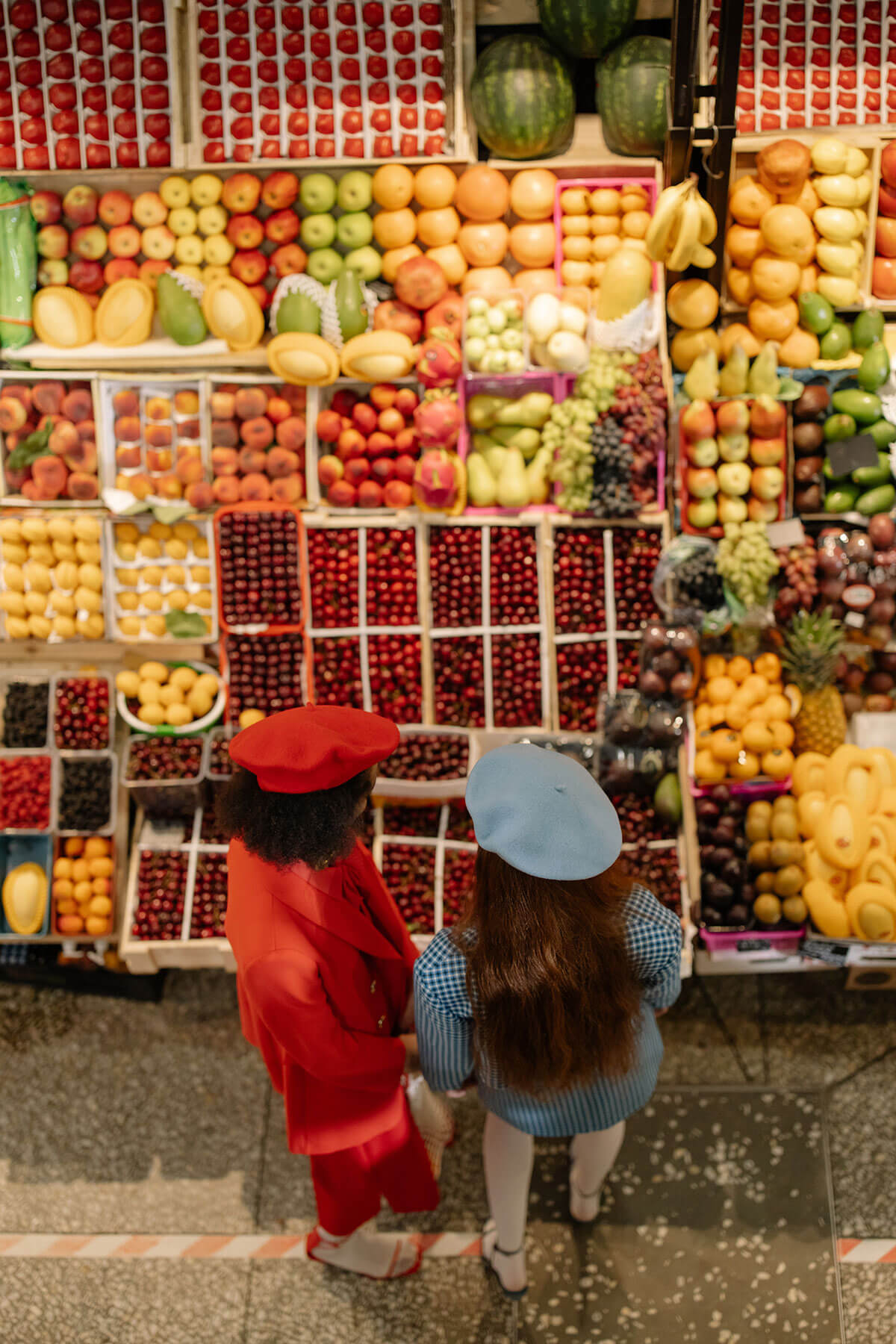If you didn’t know, Earth Day is on April 22nd! And if you grew up in the US, you probably have this very picturesque image of planting trees, or picking up trash on the beach together, when you think about how to celebrate. It’s a cute idea (that requires a certain degree of extroversion), but one that may not represent more current sentiments around sustainability, eco-friendly action, and attainable goals… So if you’ve been trying to come up with a new way to celebrate Earth Day, why not pull inspiration from communities around the globe? Here’s a few ways other countries celebrate Earth Day around the world!

Japan
A family-friendly celebration takes place over the span of 2 days in Yoyogi Park every year. More than 100,000 people attend annually and enjoy a variety of activities and opportunities to learn about sustainability and sustainable companies.
Taking inspiration from Japan may mean hosting or attending a small get-together with friends to learn and share ways to be more eco-friendly in 2023 (who doesn’t love a reason for a hot girl picnic??).
Denmark
If you happen to find yourself in Copenhagen when they’re celebrating Earth Day, you get to experience a unique performance with drummers facing each corner of the earth. Afterwards, participants continue on to the March for Science which aims to hold elected officials accountable for greener initiatives.
Inspiration from Denmark may mean finding a local march to join or supporting a local charity event that is raising funds for eco-friendly movements in your community!
India
Earth Day in India encompasses a larger movement to raise awareness about ways environmental damage is affecting the country. And while conservation is a spectrum, they put on a host of events specifically centered around the protection of the endangered Asian elephant which is native to the country.
Some people wear green to celebrate Earth Day in India which is an easy way for you to show solidarity. But if you want to do more without having to leave the comfort of your home, consider donating to animal conservation groups or local shelters!
South Africa
The South African government considers climate change to be one of the greatest threats to the future of humanity. They host an Earth Expo each year that presents an educational forum for discussions centered around technology, entrepreneurship, sustainable nutrition, and more.
Want to celebrate Earth Day like South Africa? Consider watching a TED Talk on our current and changing ecosystems, or on new discoveries in the green tech space!
Spain
The Global Unity and Regeneration Gathering is a 24-hour event held in Lanjarón, Granada, Spain each year. Participants can attend workshops and presentations on environmentalism, and the spirituality of their connection to the earth.
Past workshops have included ways to cultivate spirulina pools, or how to build a self-regeneration water system which you can emulate by putting out a rain catcher barrel to water your plants, or finding easy ways to repurpose kitchen scraps.
It’s easy to get caught up in this idea of “doing enough” as an eco-conscious person, and that can lead to executive dysfunction when it’s time to actually try and do something good for the environment. These ideas inspired by other countries aren’t meant to intimidate you; they’re meant to show that meaningful action can happen at any scale. Don’t let the fear of judgment from others keep you from celebrating this Earth Day! Enjoy yourself, and do something good for you and the planet at whatever magnitude you’re comfortable and capable of.
photo by Karolina Grabowska

